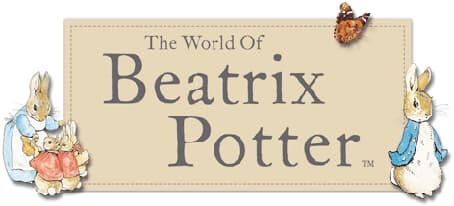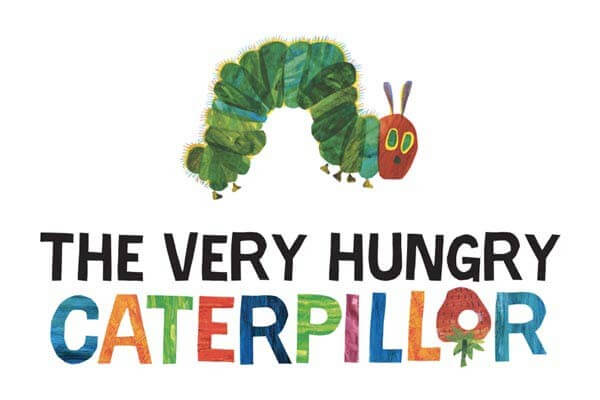Lessons On Forgiveness From The Saints
Introduction
Forgiveness lies at the very heart of the Christian message. Yet for many, it remains one of the hardest virtues to practice. To forgive
those who have wounded us—sometimes deeply—requires supernatural grace. The saints, however, show us that forgiveness is not only possible
but transformative. Through their words and actions, they reveal that forgiveness is not weakness, but strength; not forgetting, but
freeing. For modern readers in New Zealand and beyond, the saints’ examples illuminate the path toward inner peace, reconciliation, and
healing in a culture that often struggles with resentment and division.
The Power of Forgiveness in Christian Life
In Scripture, Jesus’ command is clear: “Forgive seventy times seven.” This call to limitless mercy mirrors God’s own heart. Forgiveness does
not erase justice or memory—it restores dignity and reopens the flow of love. The saints understood that refusing to forgive binds both
victim and offender in chains of bitterness, while forgiveness, though painful, liberates the soul. They teach that forgiveness is less a
feeling and more a decision to align one’s heart with Christ’s mercy. In forgiving others, we participate in divine love itself.
Saint Stephen: The First Martyr of Forgiveness
The first recorded act of Christian forgiveness after Christ’s Resurrection comes from Saint Stephen, the Church’s first martyr. As stones
rained down upon him, he cried, “Lord, do not hold this sin against them.” In that moment, he mirrored Christ’s words from the Cross.
Stephen’s forgiveness transformed suffering into glory and planted seeds of conversion—even in the heart of Saul, who would later become
Saint Paul. His example teaches that forgiveness, even in injustice, opens pathways for grace to work beyond what we can see.
Saint Maria Goretti: Forgiveness Amid Tragedy
At just eleven years old, Saint Maria Goretti was attacked and fatally wounded by a neighbour who tried to assault her. Before she died, she
forgave her attacker, saying she wanted him to be in heaven with her. Her murderer later repented deeply, transformed by her mercy. Maria’s
forgiveness shows that the human heart, even in unbearable pain, can choose love over hatred. In New Zealand’s communities—where issues of
violence, abuse, and trauma often leave scars—Maria’s example reminds us that forgiveness is not denial of harm but choosing redemption over
revenge.
Saint John Paul II: Forgiving an Assassin
In 1981, Pope John Paul II was shot in an assassination attempt. Months later, he visited his assailant, Mehmet Ali Agca, in prison,
embraced him, and offered forgiveness. This moment shocked the world. His gesture embodied the Gospel’s radical mercy and became a modern
parable of reconciliation. John Paul II later said, “Forgiveness is the divine victory of love over evil.” His example resonates strongly in
today’s society, where polarization and resentment can easily harden hearts. True peace, he taught, begins with personal acts of mercy.
Saint Francis of Assisi: Reconciliation Through Peace
Saint Francis’s life was marked by humility and reconciliation. After years of personal struggle, he sought peace with his father, whom he
had defied, and later worked tirelessly to mend divisions between Christians and Muslims during the Crusades. Francis’s “Prayer for
Peace”—“Where there is hatred, let me sow love”—embodies forgiveness not as passivity, but as active love. His life inspires communities in
Aotearoa New Zealand striving for intercultural and interfaith harmony, demonstrating that forgiveness can heal both hearts and nations.
Saint Josephine Bakhita: Freedom Through Forgiveness
Born in Sudan and sold into slavery as a child, Saint Josephine Bakhita suffered immense cruelty. Yet after gaining freedom and becoming a
Catholic nun in Italy, she forgave her captors completely. “If I were to meet those who kidnapped me,” she said, “I would kneel and kiss
their hands, for if that had not happened, I would not have become a Christian.” Her forgiveness was not naïve—it was redemptive. Bakhita
teaches that forgiveness transforms victims into witnesses of divine freedom, breaking cycles of hatred and trauma that still echo in
today’s world.
Saint Maximilian Kolbe: Love Stronger Than Hatred
During World War II, Saint Maximilian Kolbe volunteered to die in place of another prisoner at Auschwitz. In that hellish place, he offered
his life with peace and forgiveness. Even toward his captors, he harboured no hatred, only prayer. His life affirms that love and mercy are
stronger than any evil. For New Zealanders reflecting on histories of injustice, oppression, and reconciliation, Kolbe’s radical forgiveness
points toward a future where love triumphs over violence.
Saint Thérèse of Lisieux: Forgiveness in the Everyday
Forgiveness need not always be dramatic. Saint Thérèse practiced it daily in her convent—toward sisters who irritated her, toward
misunderstandings, toward herself. Her “Little Way” teaches that small acts of forgiveness, repeated with love, create lasting holiness. She
reminds us that forgiveness begins in ordinary moments—at home, in workplaces, in communities. For those seeking peace in daily life, her
example is profoundly attainable.
Forgiveness and Healing: The Inner Work of Grace
Forgiveness is rarely instantaneous. It unfolds as an interior process of grace that often involves grief, prayer, and surrender. The saints
show that forgiveness does not ignore justice but entrusts it to God. They forgave because they knew resentment corrodes the soul, while
mercy heals it. True forgiveness includes truth-telling, accountability, and compassion—for both the wounded and the offender. In New
Zealand’s context of restorative justice and reconciliation, this harmony between mercy and truth aligns deeply with Christian and cultural
values of healing and wholeness.
Practical Lessons from the Saints
-
Pray for the grace to forgive. Like the saints, begin by asking God for willingness even when feelings resist.
- Acknowledge the hurt. Forgiveness requires honesty, not denial.
- Release vengeance to God. Justice and mercy can coexist when we entrust ultimate judgment to Him.
-
Seek reconciliation when possible. Forgiveness does not always mean restoration of relationship, but it opens the door.
-
Forgive yourself. The saints remind us that self-forgiveness is also an act of humility and trust in divine mercy.
-
Practice forgiveness daily. Like Thérèse, cultivate small mercies in ordinary life—patience, kindness, understanding.
Forgiveness as a Path to Joy and Freedom
Each saint who forgave discovered profound joy. In letting go of resentment, they made space for divine peace. Their lives reveal that
forgiveness is not merely moral duty—it is liberation. It heals emotional wounds, restores dignity, and allows love to flow again. In a
modern world marked by division and pain, forgiveness remains one of the most revolutionary acts of faith. For New Zealanders seeking
reconciliation in relationships, families, and communities, the saints’ examples offer both hope and practical guidance.
Conclusion
The saints remind us that forgiveness is not an impossible ideal—it is a living grace. Whether through the martyrdom of Stephen, the mercy
of Maria Goretti, the courage of John Paul II, or the serenity of Thérèse, they show that forgiveness is the doorway to freedom. It breaks
the chains of hatred and restores hearts to peace. In forgiving, we do not excuse evil; we overcome it with love. As we walk this path, we
join the saints in the great symphony of divine mercy—transforming suffering into hope, and wounds into wings of grace.



.jpg)









.jpg)





.jpeg)





.jpeg)



.jpeg)








.jpeg)



.jpeg)

.jpeg)

.jpeg)

.jpeg)




.jpeg)
.jpg)

.jpeg)






.jpeg)
.jpeg)




.jpeg)





.jpeg)


.jpeg)

.jpeg)

.jpeg)

.jpeg)







.jpeg)
.jpeg)
.jpeg)





.jpeg)



.jpeg)






.jpg)
.jpeg)









.jpg)


ulva-Logo.jpg)




.jpeg)



.png)















.png)
























